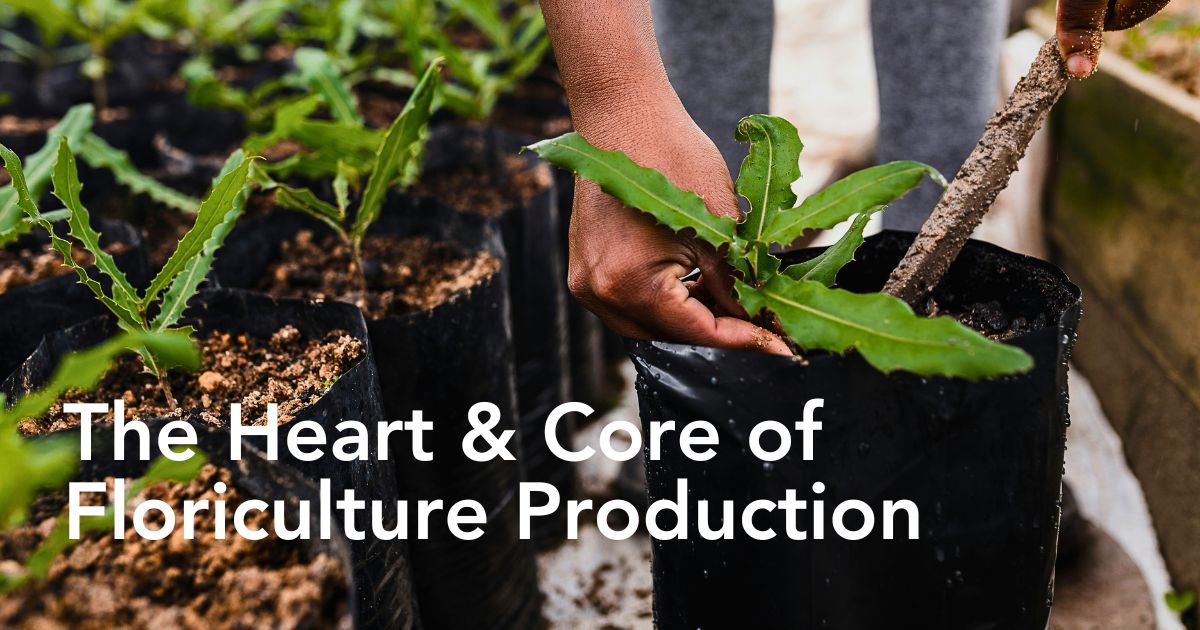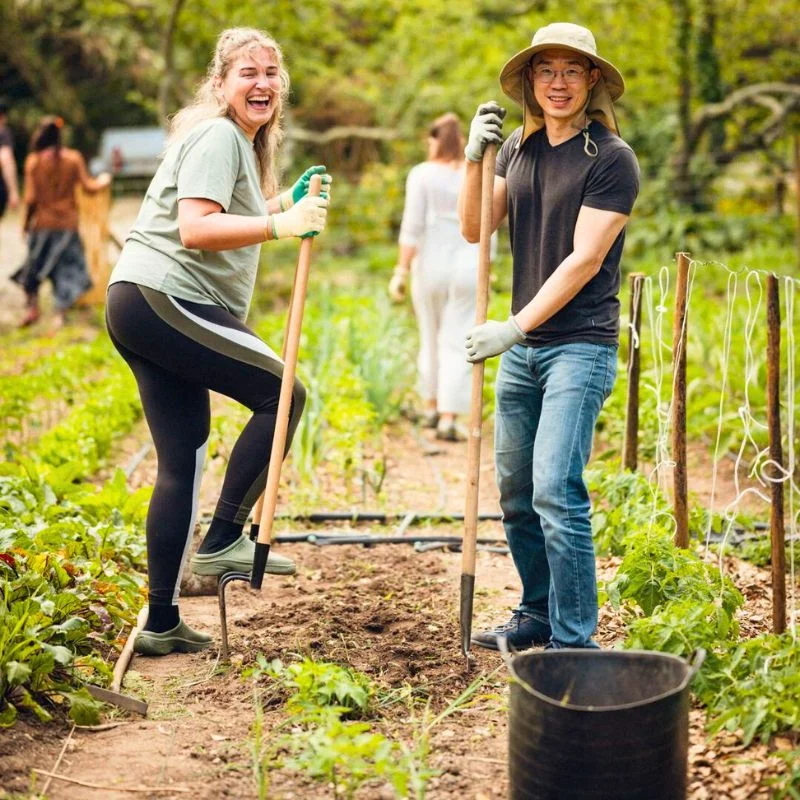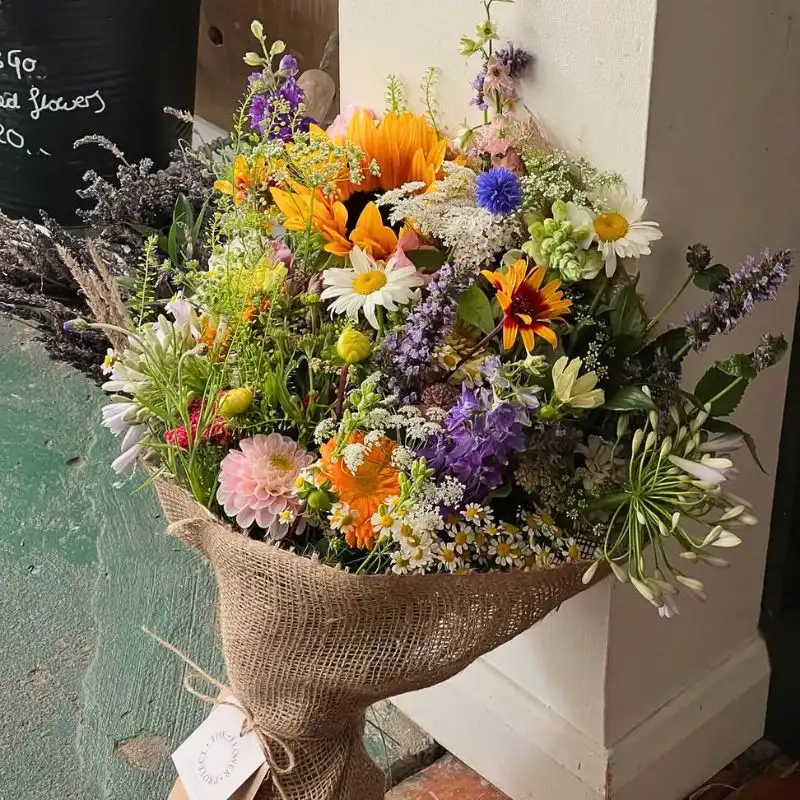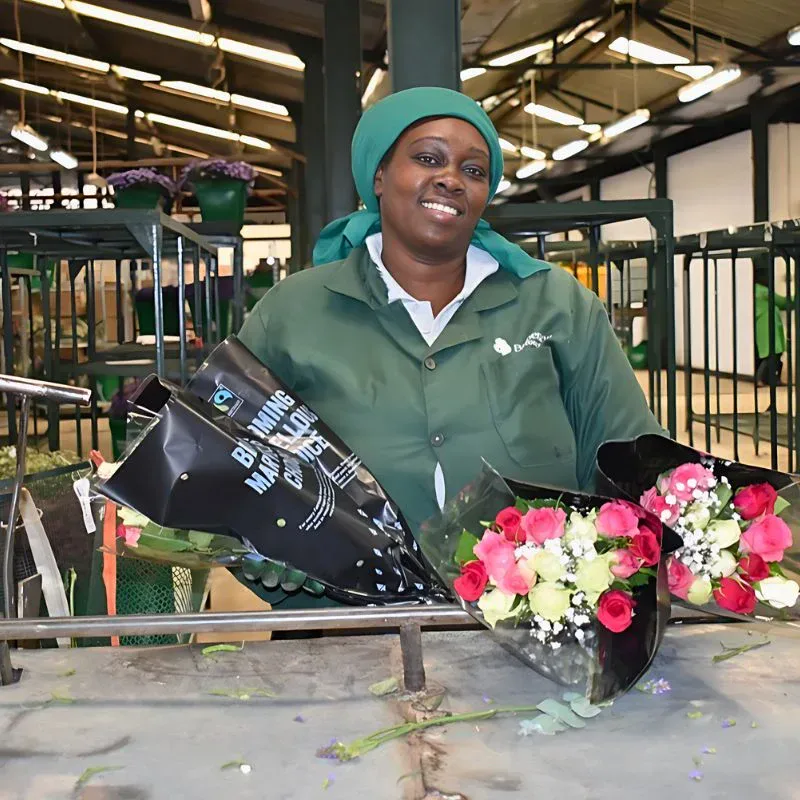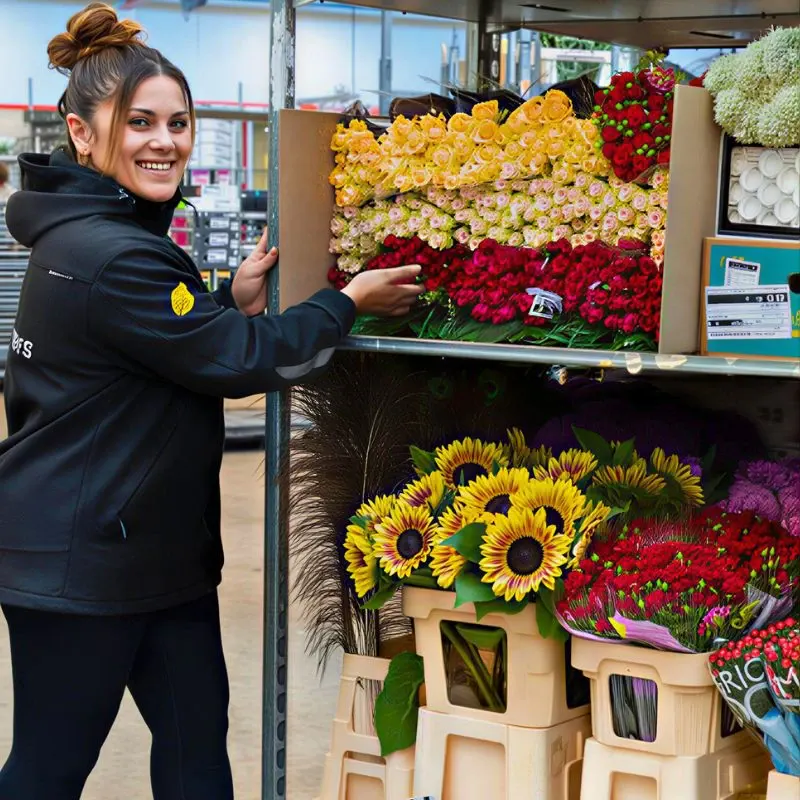Most times, flower farming focuses on what is above the ground: the colorful petals, fragrance, export grades, and packaging, but none of that would be possible without what is below the surface: soil. There are environmental pressures mounting for flower production, and therefore investing in soil health offers an opportunity to deliver many more. When well-managed, soil becomes quite a perfect tool to regenerate ecosystems, attract pollinators, conserve biodiversity, store carbon, and, in turn, sustain livelihoods. It essentially powers the entire system. Here’s how.
How Healthy Soil Drives Biodiversity
Soil is one of the most biodiverse habitats on Earth. Just a single gram of healthy soil can contain billions of microorganisms: bacteria, fungi, protozoa, nematodes, all working together to break down organic matter, fix nitrogen, regulate pH, and suppress disease. These microbes form symbiotic relationships with plants, improving their ability to absorb nutrients and water.
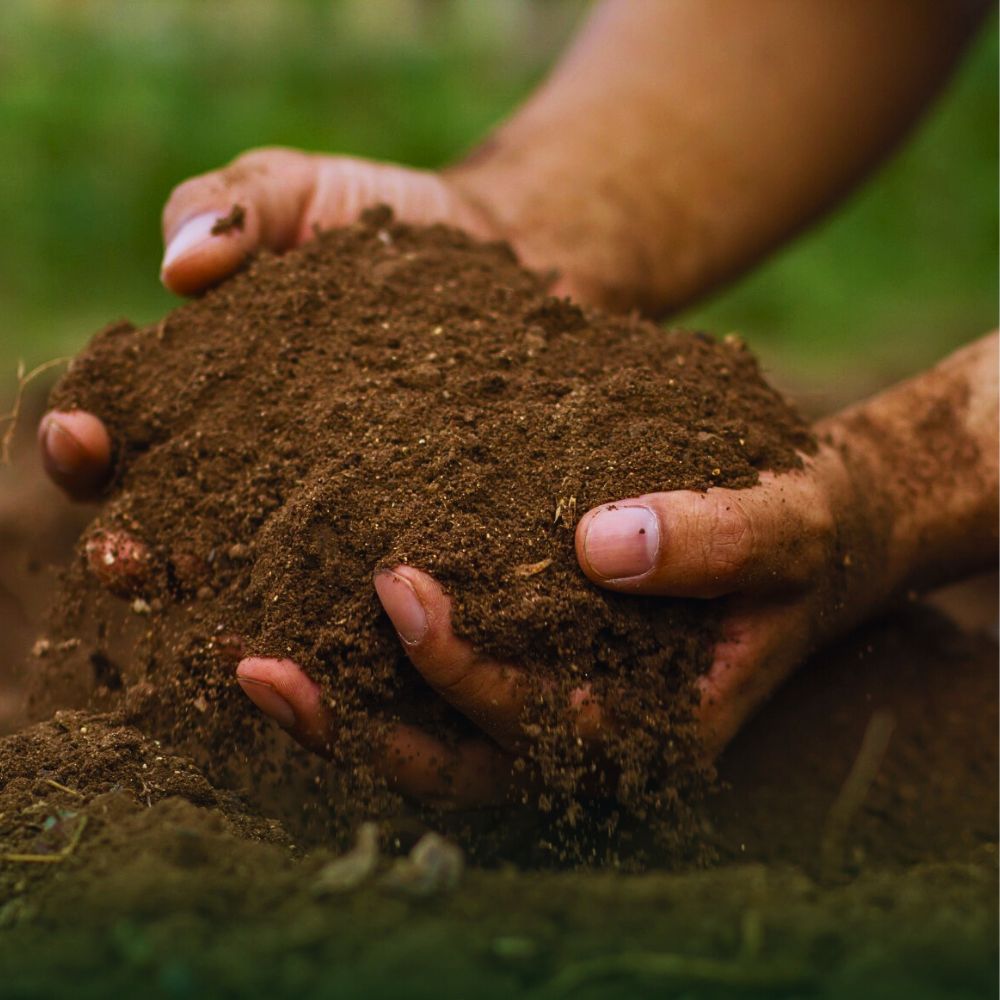
But recent studies have consistently highlighted the severity of soil degradation in many parts of the world and its far-reaching impacts on agricultural productivity and environmental resilience. The Food and Agriculture Organization of the United Nations (FAO) 2015 "Status of the World’s Soil Resources" report identified sub-Saharan Africa as one of the global hotspots for soil degradation, with over 40% of the region’s soil resources considered moderately to severely degraded. Key drivers include nutrient depletion from continuous cropping without adequate replenishment, overreliance on synthetic fertilizers, soil erosion due to poor land management practices, and loss of soil organic matter.
Elsewhere, the Kenya Agricultural and Livestock Research Organization (KALRO), in its 2020 assessment of soil fertility in the central region of the country, found that a majority of sampled farms had critically low levels of nitrogen and organic carbon, the two fundamental indicators of soil health. The study also reported widespread acidification and compaction, particularly in intensively farmed areas, including flower-growing regions. These conditions reduce the soil's capacity to support diverse microbial life, retain moisture, and sequester carbon, factors essential for both ecosystem stability and long-term productivity.
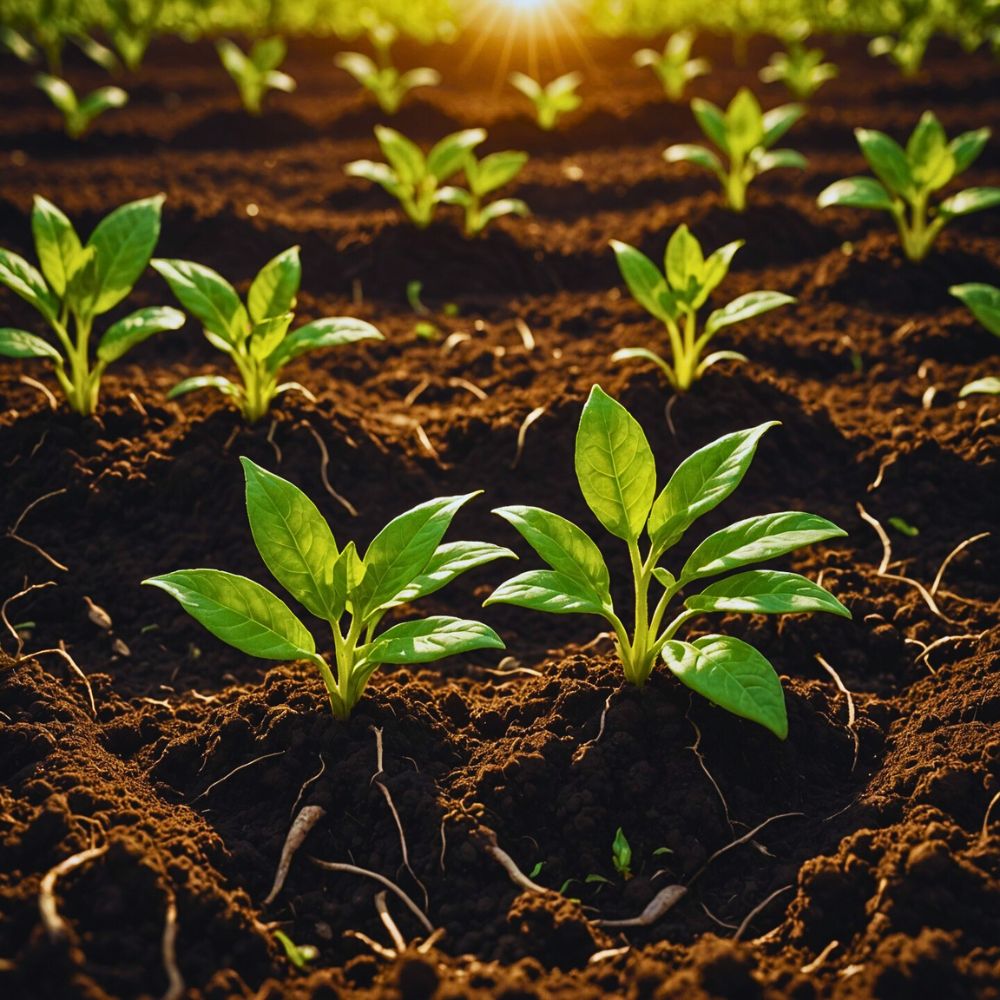
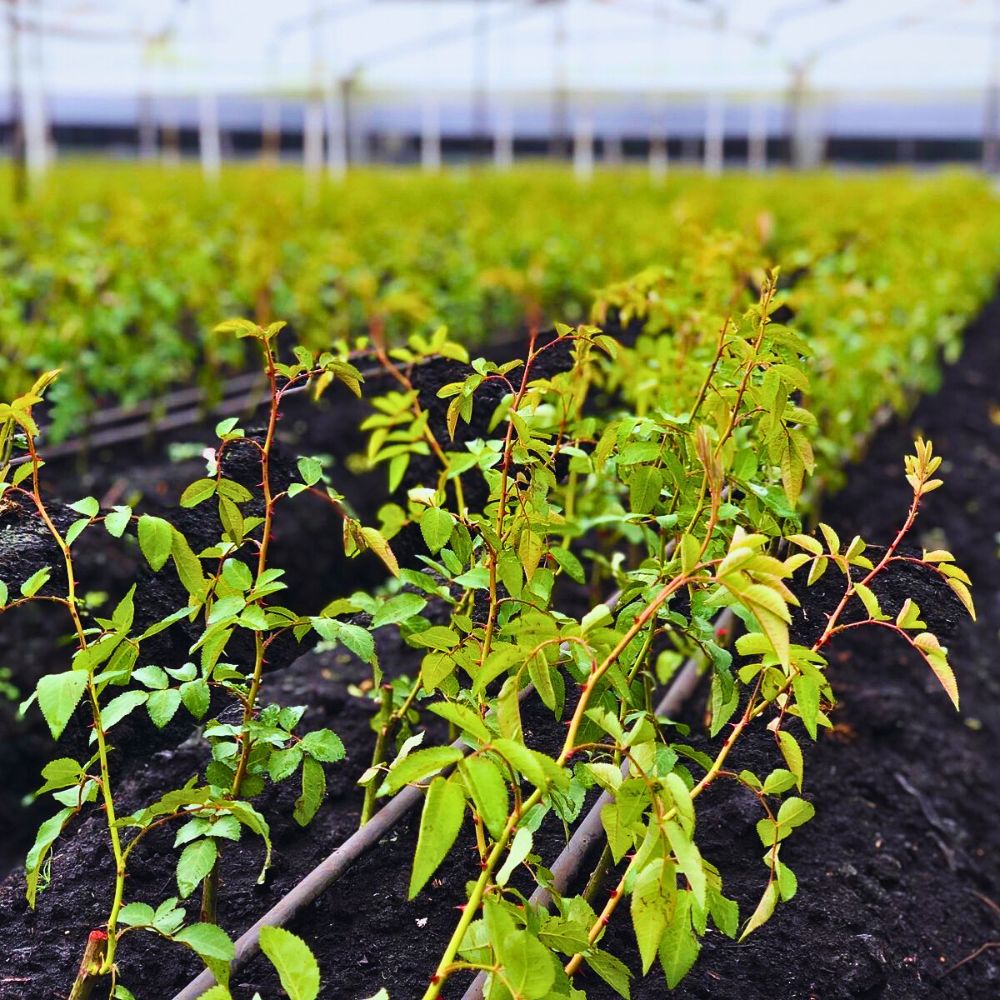
In the floriculture sector, the problem is compounded by monocropping and the frequent application of chemical inputs to maintain aesthetic standards for export markets. Research by institutions like the International Centre of Insect Physiology and Ecology (ICIPE) has shown that such practices not only degrade soil health but also disrupt beneficial soil organisms and reduce pollinator populations that are vital to broader agro-ecological health.
A growing body of evidence supports regenerative practices like cover cropping, composting, reduced tillage, integrated pest management (IPM), and organic soil amendments. These approaches restore soil structure, enhance microbial activity, and improve resilience to climate variability, ultimately safeguarding both ecological health and economic viability even beyond the floriculture sector.
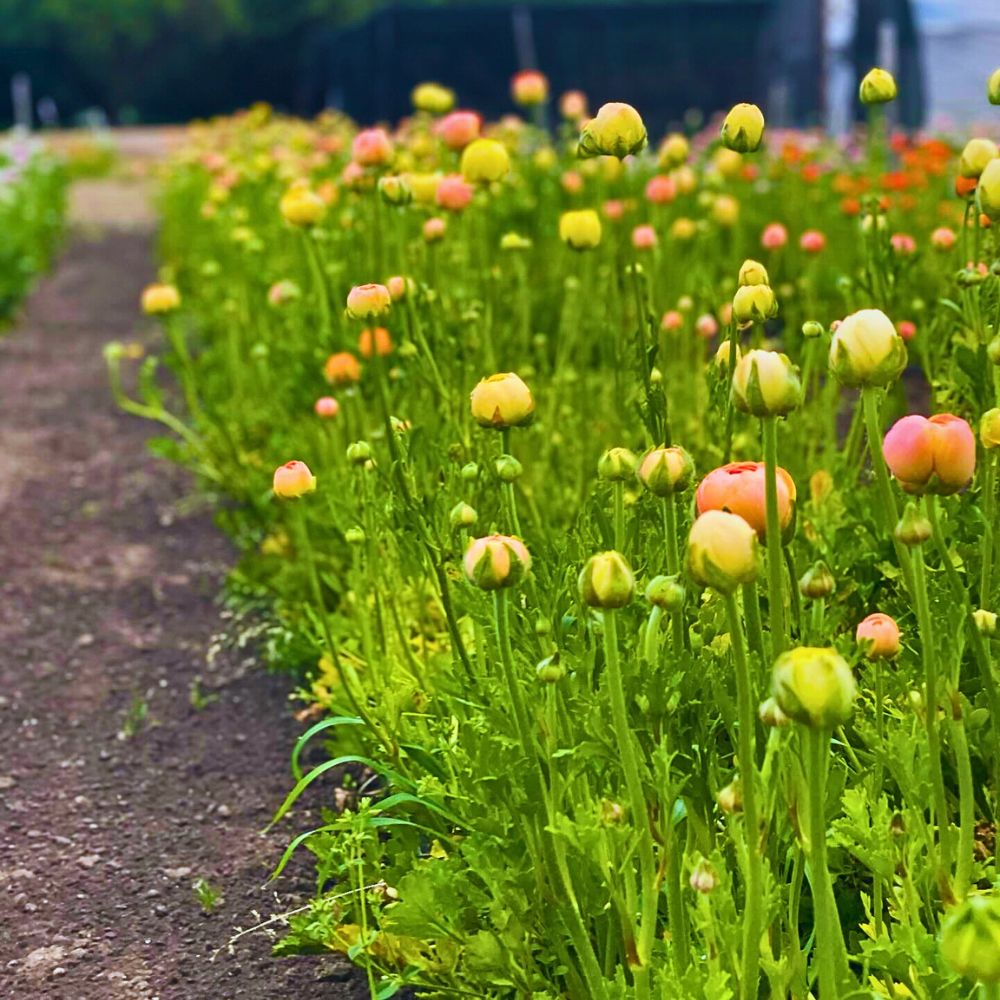
Soil Health and Its Role in Supporting Pollinators
Pollinators: bees, butterflies, moths, and even some beetles and birds are indispensable to flower production, yet they are increasingly at risk. Habitat loss, pesticide exposure, and climate stress have led to steep declines in bee populations globally, as noted by the Intergovernmental Science-Policy Platform on Biodiversity and Ecosystem Services (IPBES).
Healthy soils, therefore, indirectly support pollinator populations. Research published in the journal Frontiers in Ecology and Evolution has shown that organically managed soils grow more diverse and nectar-rich plant communities, which provide continuous forage for pollinators. Ground-nesting bee species also depend on loose, undisturbed soils for nesting conditions that are more common in low-till or no-till farms.
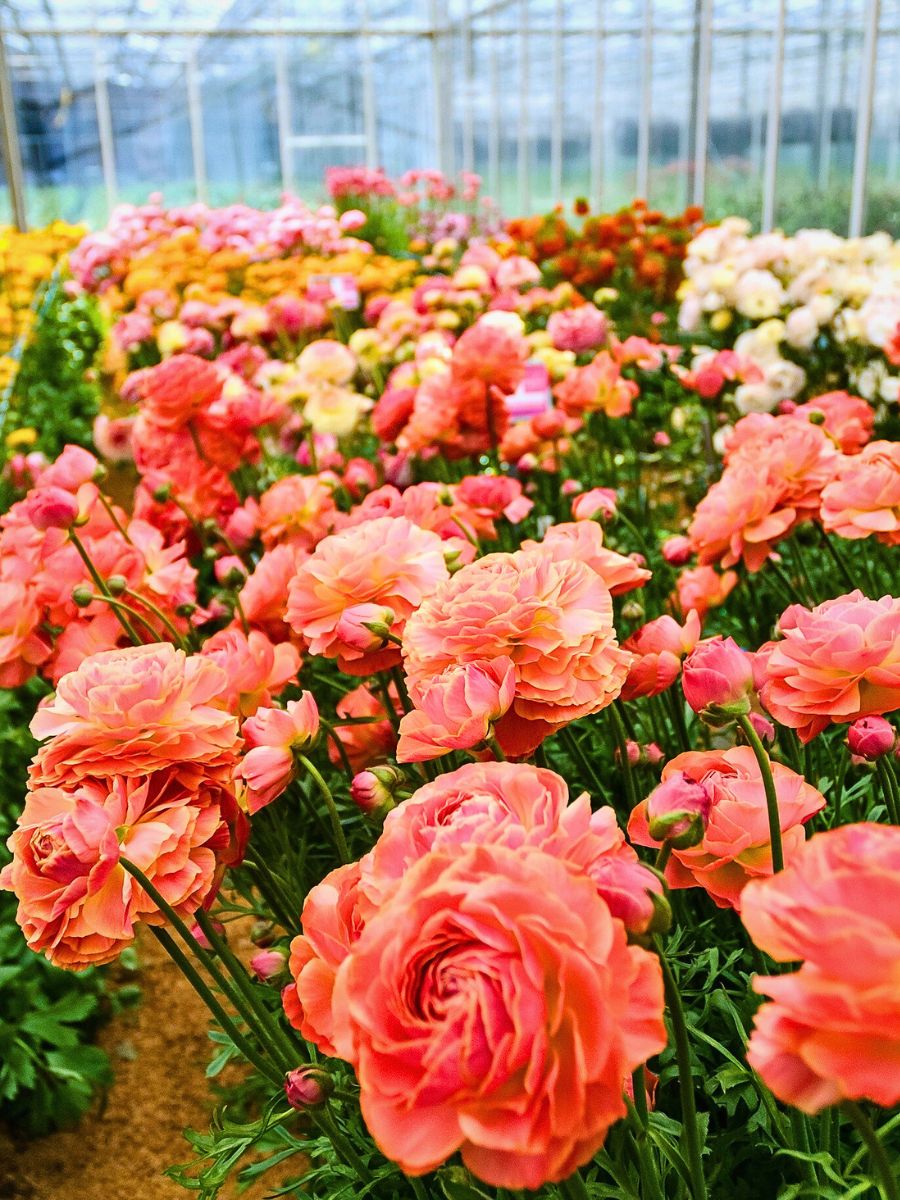
Healthy Soils and Carbon Sequestration as a Climate Solution
Soils are an effective, natural climate solution. They store millions of tons of carbon, which is more than the amount currently held in the atmosphere. This makes soil the largest terrestrial carbon reservoir and a crucial buffer against runaway climate change. Unlike fossil fuel emissions, carbon stored in soil is part of a biological cycle, which can be managed and enhanced through the way people farm.
According to FAO, regenerative soil management can significantly increase carbon sequestration, especially in degraded or intensively cultivated lands. This includes much of the land under floriculture in many flower-exporting nations, where repeated tillage, heavy fertilizer use, and monocropping have reduced its organic carbon levels over time.

Both FAO and the Intergovernmental Panel on Climate Change (IPCC) recommend a suite of regenerative agricultural practices that help soils recover their carbon-holding potential. Moreover, while the global flower market moves towards eco-practices and sustainability certification, carbon-conscious ideals are gaining commercial value. Programs like MPS, Fairtrade Climate Standard, and GlobalG.A.P. now incorporate soil health and carbon metrics into their audits, meaning flower farms that build soil carbon also build a competitive advantage.
Furthermore, as carbon accounting becomes more mainstream in agriculture, growers who invest in soil health today unlock future opportunities in carbon markets, climate finance, or ecosystem service payments, which adds a financial incentive to the environmental and reputational benefits already linked to regenerative practices.
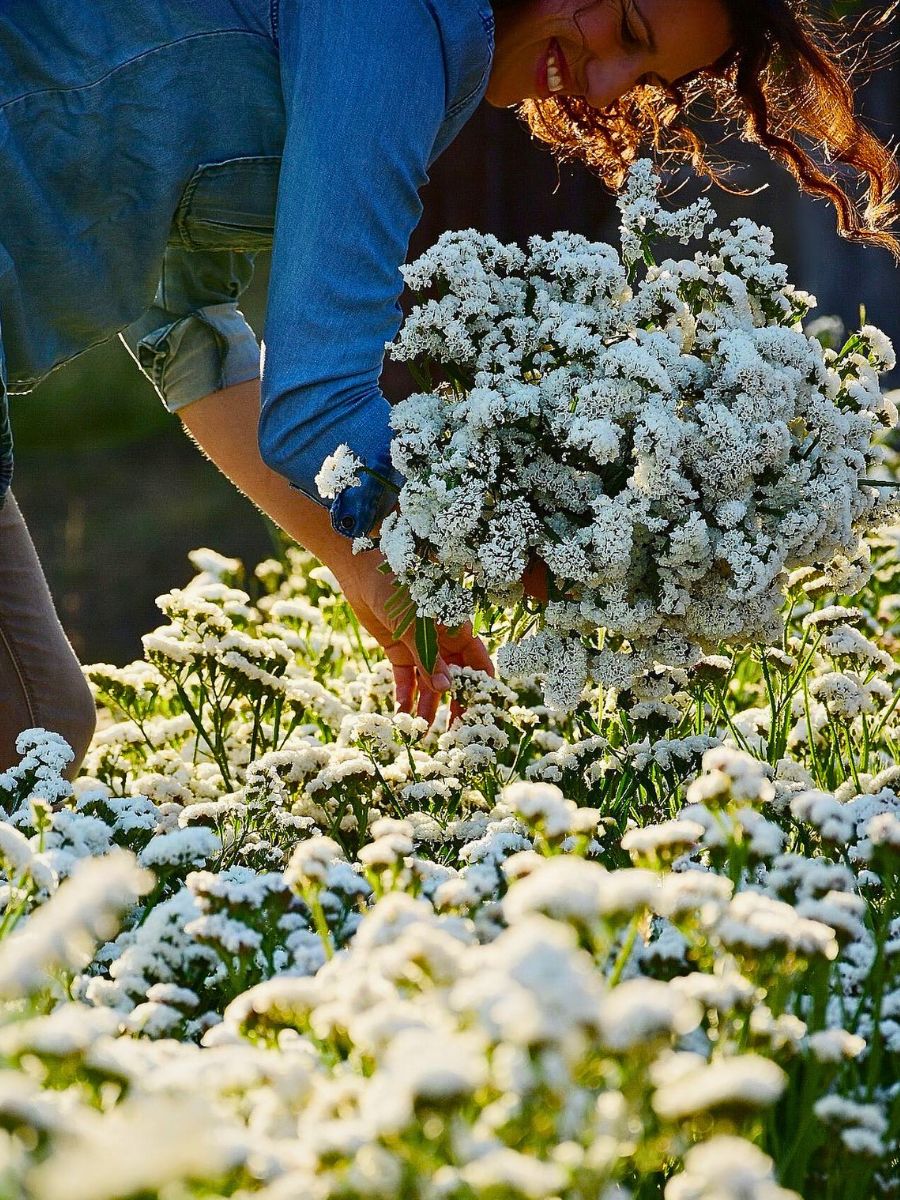
Flower Farms Are Key Points for Soil Health and Ecosystem Services
Flower farms can contribute significantly to soil regeneration when managed with ecological principles in mind. Practices like composting flower waste, reducing tillage, and applying organic inputs improve soil structure, increase organic matter, and enhance microbial activity. These improvements restore fertility while also increasing the soil’s ability to retain moisture and resist erosion. They are crucial functions in regions facing erratic rainfall.
In Kenya, a leading flower-producing country, studies from long-term soil trials confirm that organic management systems result in higher levels of soil organic carbon and improved water retention compared to conventional systems. While these trials focused on staple crops, the underlying principles hold true for floriculture, where soil structure and resilience directly affect stem strength, disease resistance, and overall flower quality.
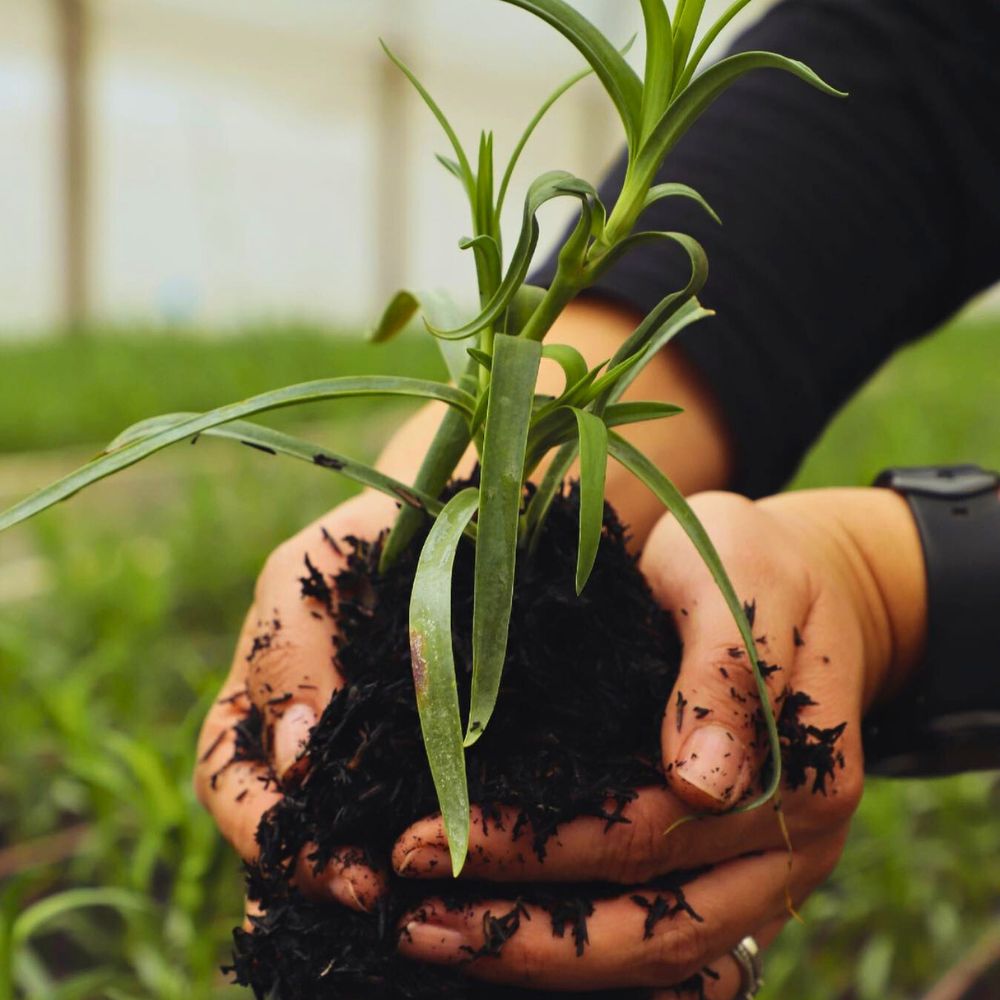
Besides improving on-farm productivity, flower farms can deliver important ecosystem services to the surrounding environment. When they maintain natural buffers, minimize agrochemical runoff, and plant vegetation that supports pollinators, these farms contribute to cleaner waterways, biodiversity conservation, and landscape connectivity. Many Kenyan growers are located near ecologically sensitive areas like Lake Naivasha, a key freshwater source, where checking the environmental footprint of farming is important.
There Are Benefits of Soil Health Management to Growers
Healthy soils with high organic matter, stable structure, and rich microbial life create favorable root-zone conditions that support vigorous plant growth, reduce disease pressure, and enhance nutrient uptake. This means firmer stems, more uniform blossoms, and longer vase life; qualities essential for meeting the high standards of export markets. Practices like employing compost manure and low-input organic methods, therefore, come in; significantly improving soil organic carbon, water retention, and microbial diversity.
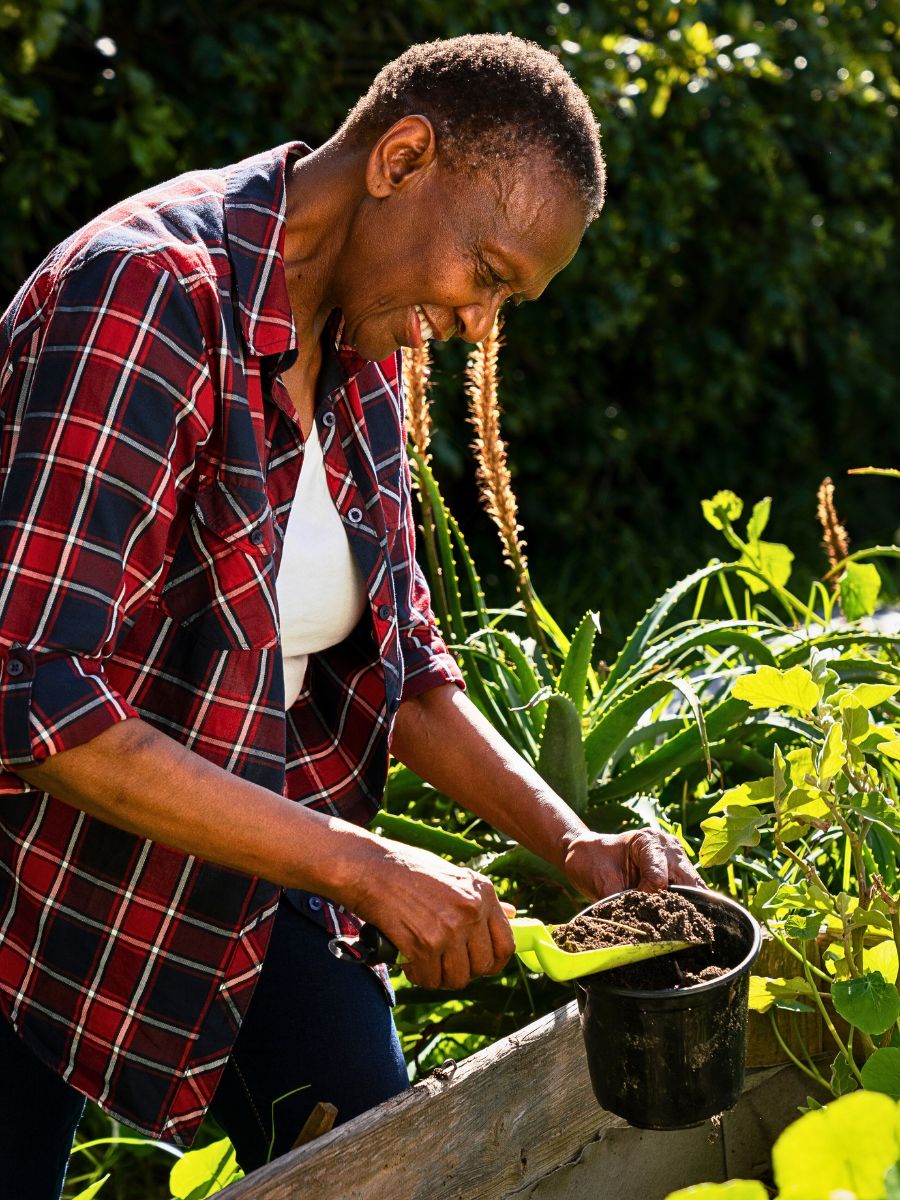
More than improving flower quality, soil health management helps growers reduce costs and build resilience. Practices, including reduced tillage, mulching, and organic residue recycling, lower reliance on synthetic fertilizers and irrigation, enhancing soils by improving nutrient cycling and moisture retention. They cut input expenses but also buffer production against erratic weather, especially important in areas where rainfall patterns are unpredictable.
Moreover, healthier soils maintain their productivity over longer cycles, reducing the need to replace nursery beds or relocate production due to degradation. For certified growers participating in schemes like MPS-ABC or Florverde Sustainable Flowers (FSF), improved soil metrics can also support audit readiness and market differentiation.
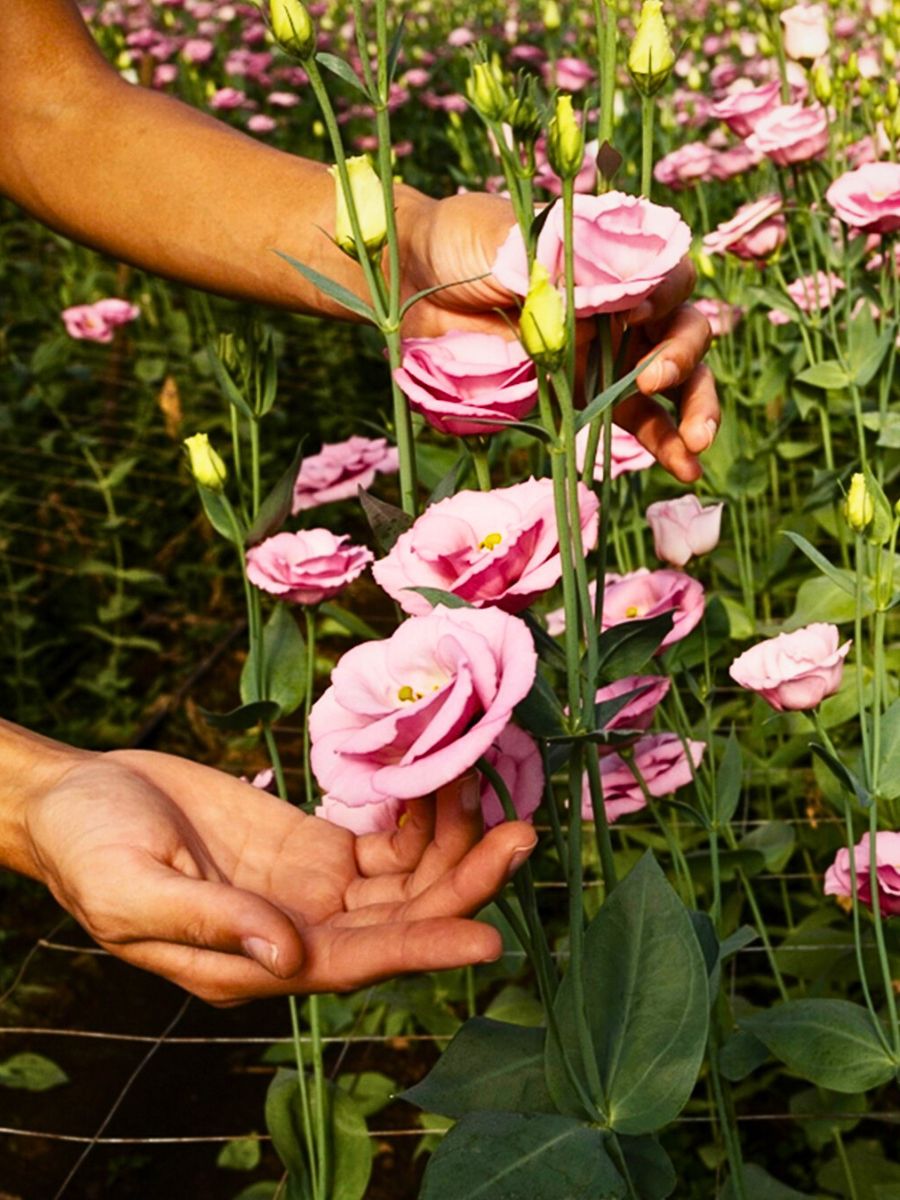
Building Stronger, Healthier Rural Communities Through Soil Management
Soil is seldom mentioned in conversations about community development in floriculture, yet it quietly determines how resilient, stable, and inclusive flower-growing regions are. Many commercial growers operate on high-value land in rural areas where community farming, grazing, and water access co-exist with industrial-scale floriculture. When farms neglect soil health, the impacts extend past the farm. Over time, the very landscapes supporting global flower exports become hollowed out. But when flower farms prioritize soil health, the results ripple outward.
Even more, soil health actions speak directly to several Sustainable Development Goals (SDGs). SDG 1, which focuses on ‘No Poverty’, is addressed when improved soil leads to more secure jobs and diversified income sources. This could be linked to SDG 8 (Decent Work and Economic Growth), which becomes more attainable when soil improvements reduce production volatility and protect livelihoods from shocks.
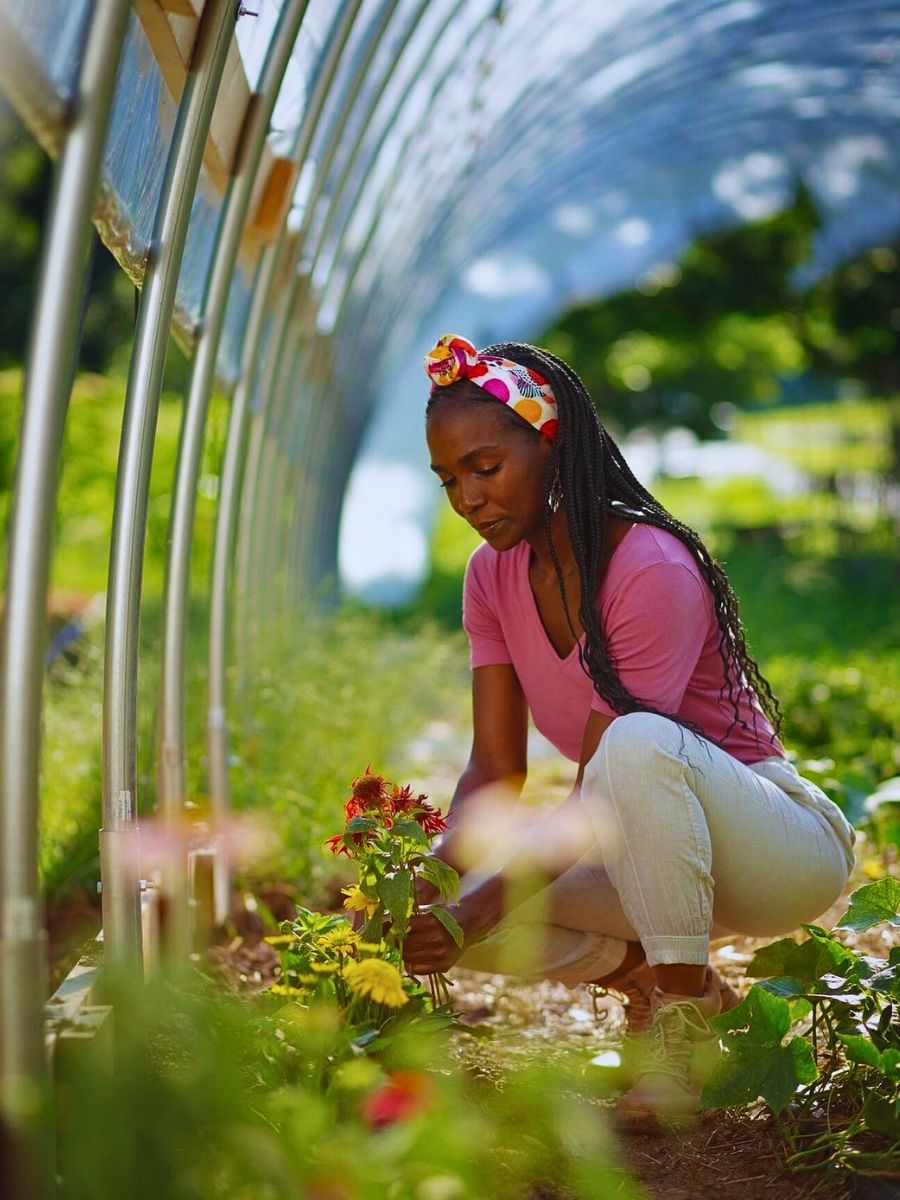
SDG 3 (Good Health and Well-being), on the other hand, benefits from cleaner water and reduced chemical exposure, while SDG 6 (Clean Water and Sanitation) links directly to runoff management, as SDG 15 (Life on Land) is engaged when farms restore degraded soils, support pollinator health, and regenerate biodiversity.
Certification Directly and Indirectly Enhances Soil Health
The focus on certification shows the wider changes in buyer expectations and procurement policies. Major retailers and flower supply chains are under growing pressure to disclose and reduce the carbon footprint of their products, including those sourced from developing regions. Those that show measurable improvements in soil carbon and overall sustainability are, therefore, better placed to secure contracts, retain premium clients, and participate in climate-aligned procurement programs.
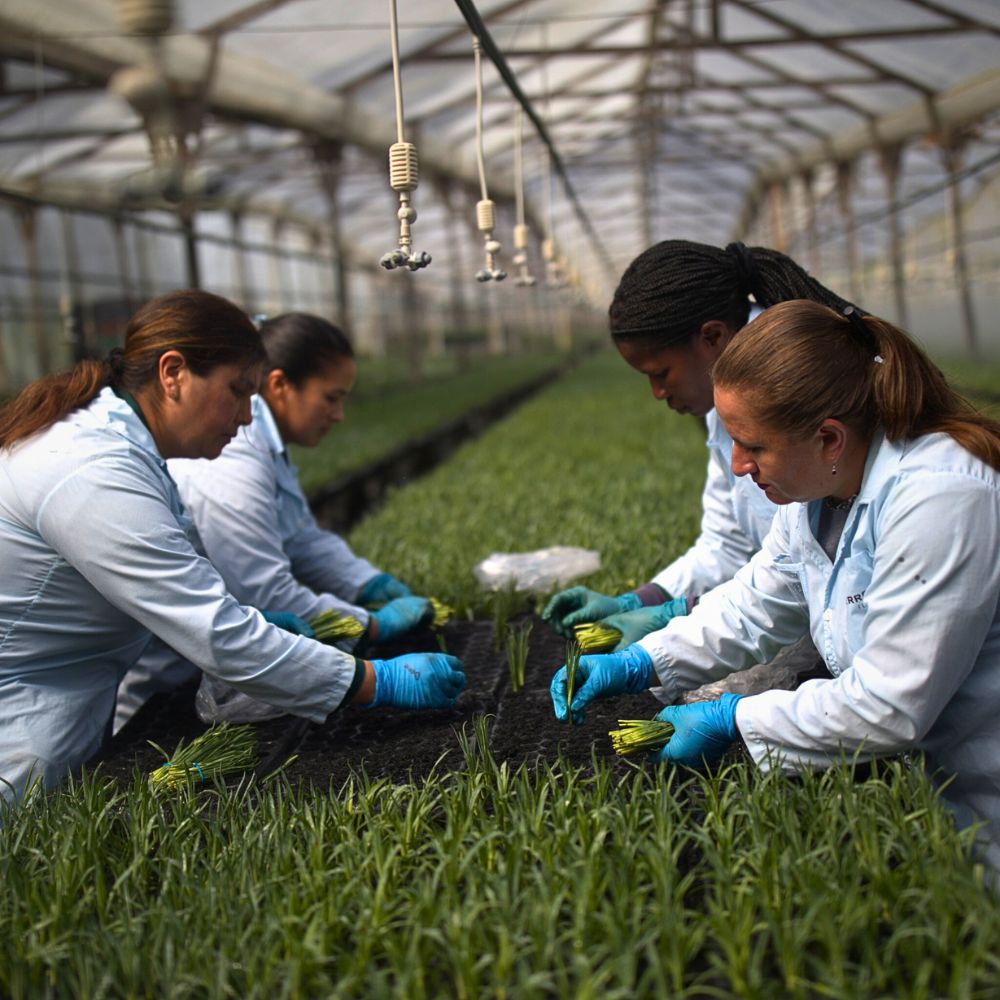
The certification landscape is also evolving. Fairtrade, Ornamental Horticulture Assurance Scheme (OHAS), MPS, FSF, Sustainability Initiative of South Africa (SIZA), and Kenya Flower Council (KFC) Silver and Gold Standards, among others, under the Floriculture Sustainability Initiative (FSI) Basket of Standards, ensure compliance with good agricultural practices (GAP), environmental and social basic requirements.
More growers also engage with initiatives like GlobalG.A.P. and Rainforest Alliance, incorporating soil, water, and ecosystem management into their wide-ranging compliance metrics wherever applicable. For others, especially those eyeing specific European markets, Sedex Members Ethical Trade Audit (Sedex SMETA) audits also incentivize transparency and community impact, especially where environmental and social practices intersect.

Essentially, it is apparent that soil is a shared capital. It buffers against climate extremes, supports both commercial floriculture and subsistence farming, and stabilizes water cycles. Flower farms taking responsibility for soil health improve their productivity, but more than that, they de-risk entire economies. And the end benefits are interlinked. Reduced crop failure means fewer job cuts. Healthier surrounding farms mean less pressure on different metrics. Cleaner runoff means fewer medical bills. And greater land productivity means a lot more. One could say, if soil fails, everything else fails.
Feature image by freepik. Header image by Vitor Monthay

